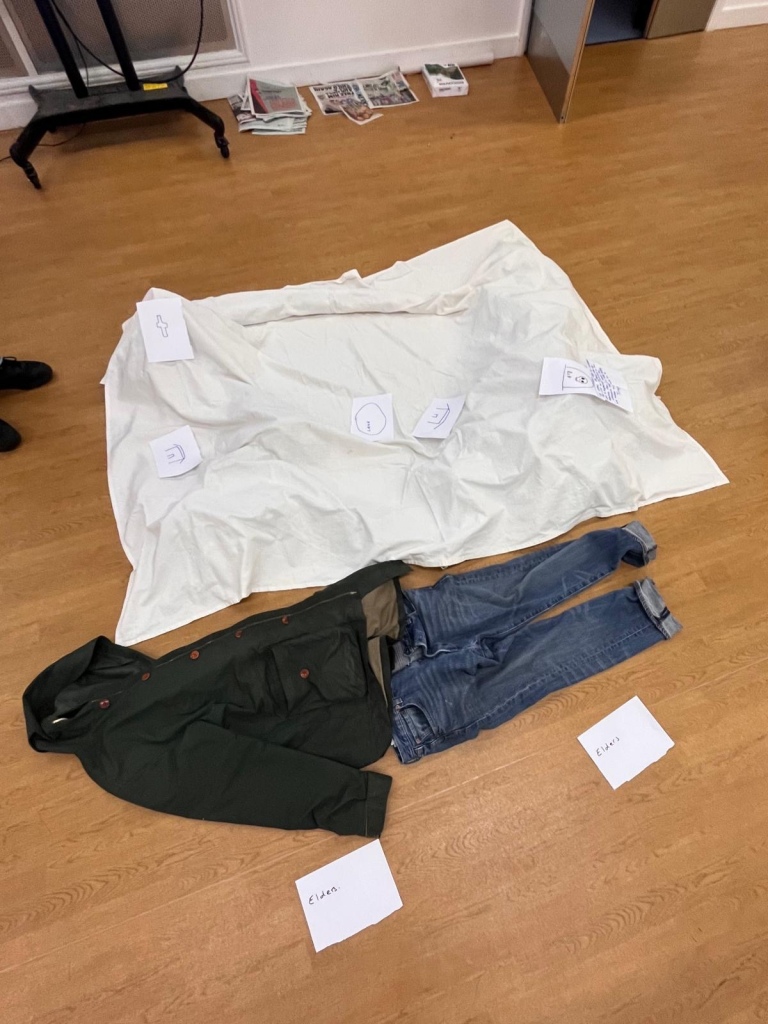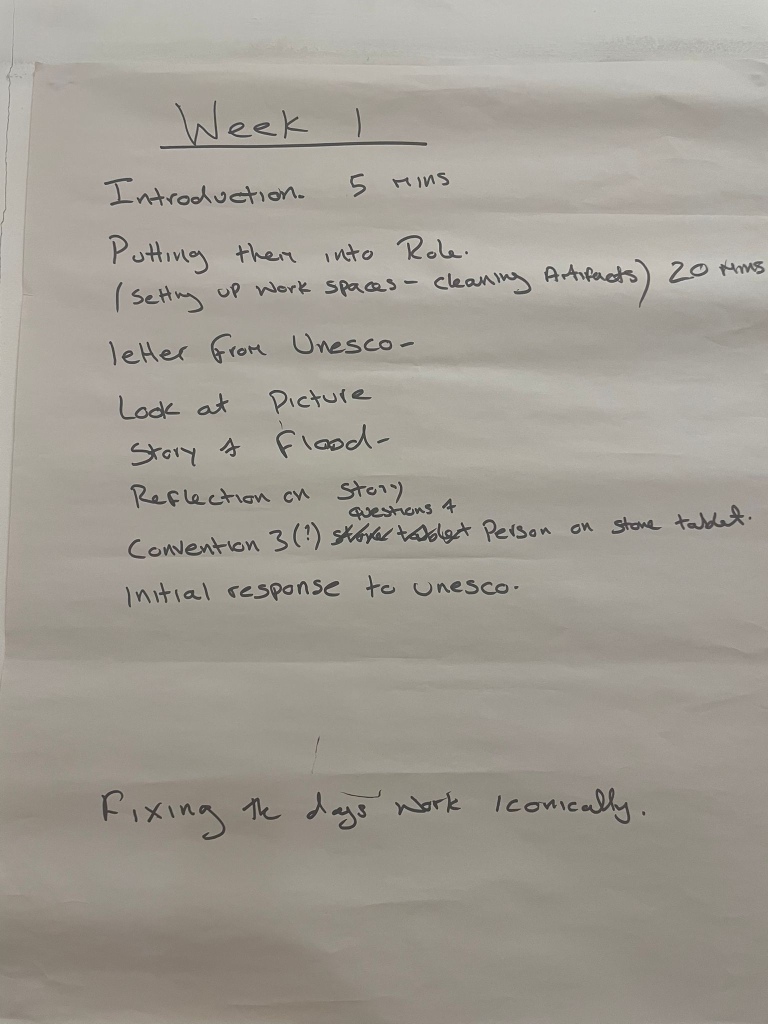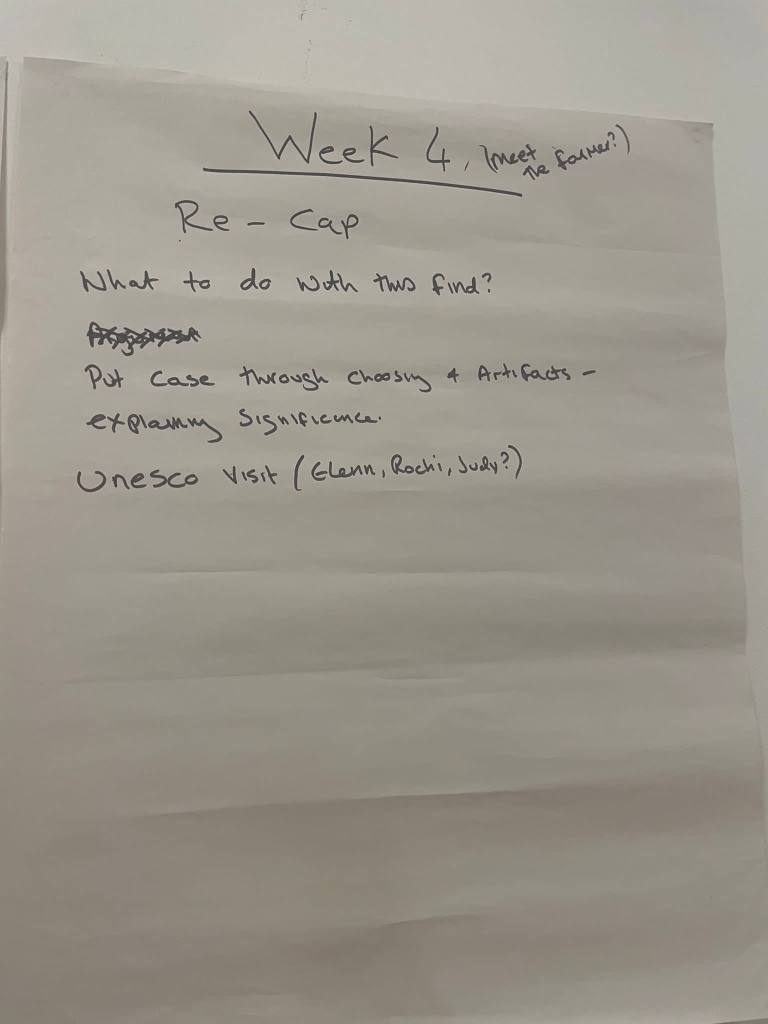Caitlin Freestone-Deeming
Theme: Knife Crime
Age Group: 14-16 Year Olds
Outcome of Learning:
- To find out the dangers of knife crime and how it affects younger people.
- To explore how young people can avoid being involved in knife crime and how to make their communities a safer place.
- To identify why knife crime happens and who is involved.
Inquiry Questions:
- What happens to people involved with knife crime? What are the risks?
- How do people become involved in knife crime and how do we think we can stop it?
- Who can you go to help? Is there any charities, communities etc you can go to?
Narrative:
The story follows a young boy (Jake) , who is 17 years old at college, in London. He achieves high marks in his coursework and is on the route to big things in life. Slowly towards the middle of his time in college, he gets involved with a gang that sells drugs and doesn’t realise the risks involved or the dangers. He feels as if he is trapped and lost in a body that is not his when things take a turn.
Aims of the Piece:
- To uncover the truth behind why knife crime happens.
- To connect different stories together and develop a reason on how they can link together.
- Find common grounds on knife crime and why younger people are more involved.
- Find the different convictions you can have when being involved in knife crime.
Facts about Knife Crime:
- Young people in the age group of 10-17 years old are roughly 20% of those convicted or cautioned for knife offences.
- 18 to 24 year old men are the most affected.
- Since 2012, there has been a 93% increase in the number of people under 16 years old admitted to hospital because of knife crime.
- In the years 2016-2018, there has been a 77% increase within homicides using knives by people under 18 years old.
- If you get caught with a knife you can face up to five years in prison.
Stories of young people involved in Knife Crime:
- Alfie’s Story: “A short film about a young boy groomed and criminally exploited by drug dealers. Based on real life events; co-written with survivors and made with a local cast to show how grooming and child criminal exploitation works and how we can look out for each other.”
- Sean’s Story: “This short knife crime awareness film is about a young lad called ‘Sean’ who makes a life changing decision just to impress his schoolmates and ‘fit in.’”
- Mark’s Story: “Mark’s night kicks off like any other. But a decision he makes early on will turn his life upside down. And it’s not just his life that’s ruined – his decision affects everyone around him too. Some of the young actors in this film have been affected by knife crime. All are from the Glasgow area and, up until this film, had no previous acting experience.”
- Jame’s Story: “Two men have been sentenced to life in jail for conspiracy to murder, after repeatedly stabbing a teenager and leaving him to die in the street. James Bascoe-Smith was just 17 years old when he was assaulted in south London, an entirely innocent victim caught between two gangs. James’ mother said no sentence could make up for the devastating impact the attack has had on their family.”
Tasks:
- To study how knife crime began and the history behind it.
- To look at how different ages affect how knife crime happens (the convictions, deaths etc.)
- To watch a story of a young boy involved in knife crime and what life is like before and after his involvement.
- Think about if they were in the young boy’s shoes, what could they do differently to avoid being involved in these events.
- To discuss how other people may feel if someone they know is involved in knife crime (friends, family etc.)
Links to curriculum:
- Time to talk about: This would link to knife crime because it can help talk about any mental worries the young people may have, whether they are involved with knife crime or not.
- Citizenship: Citizenship is a lesson that looks at all different topics within the world, whether it be modern or in the past. Knife crime can link to this because you can look at the statistics involved, how it happens and why it happens.
Resources:
- Powerpoint – statistics of young people affected by knife crime.
- Youtube – Look at snippets of different peoples lives when being involved with knife crime.
- Access to different forms of study research so they can study different charities/companies for help, other peoples stories when being around knife crime.
- A stack of any sized paper and pens so we can compile a ‘file’ of all the different research we have found throughout the process.
Sessions: [NB: Each session will run for roughly 2 hours once a week.]
Session 1: Introduction to Knife Crime.
[Before you can begin this session, you need to gather your own research in order for you to help the young people, know the statistics and the facts involved. A good website to look at is ‘No Knives Better Lives’ because they help to support young people to be safe from violence – Home – NKBL (noknivesbetterlives.com).]
“Introduction to who you are and why you are there. What do we know already about knife crime? What could we possibly do to help protect ourselves and others around us from being involved with knife violence? Now, Let’s take a look at this video of (somebody’s story) and see how knife crime affected them.”
Show a snippet of a video of somebody affected by knife crime.
Have a discussion between the group about the risks involved, the dangers and why could this potentially have happened (if it is not mentioned in a video.) Have a go at letting the young people discuss openly about this.
Once the young people have finished their discussion, introduce the story.
“Now we have finished our discussion, let’s take a look at a young boy called Jake from London.”
Begin telling the story of Jake, just a short scene. Jake will be sitting on a chair at the front telling his story in the first session. [Don’t give too much detail into how Jake got into the position he is in as this will be uncovered during the four weeks within the school.]
“Hello, I’m Jake. I’m 17 years old and I’m from London. I study motor vehicle at Barking & Dagenham college. You could say I am your average teenage boy but, I’m not really. I’m serving nine years in prison. Yeah, crazy, 17 years old and in prison. I made friends with these lads outside of college, thought they were my family but they weren’t. I got into a lot of fights with my mum because of them and because my dad wasn’t really around much growing up, you could say I was a troubled kid. I had a bright future ahead of me but now, I don’t think I do. Nine years …but let me tell you how it started.” [Not a real script, something along the lines of this to give the young people an idea of who Jake is.]
Leave on a cliffhanger and let the young people discuss how Jake may have ended up in this situation and get them to write down any key facts Jake has told them.
End the session by having a recap of their introduction and what they have learnt so far.
Session 2: Jake’s story – part 1:
Begin the session by having a recap of what you did the week before and what we know so far about Jake. Let the young people discuss what they felt about Jake and think about what possibly may of happened to him.
When they have completed this, carry on with the beginning of Jake’s story to evolve what happened to him. [This session will mainly focus on the acting from Jake so we can continue to learn about him.]
“Getting up for college is never easy. I don’t have many friends because they think I’m boring. I’m not really, I just want to do something good with myself, you know, good job, family, all the big things in life. So I put my studies first, got high grades, I worked hard to get myself to where I am today. It hasn’t been easy but I just want to make my mum proud. I’m three months into my course and it’s been a blast, fixing motors all day, restoring old cars, you could say I’m your average teenage boy. [HIS NEW FRIEND WALKS ON, TYSON.]
This is Tyson. I met him a few days ago, a new guy on our course. He’s a bit different, all he wears is branded stuff that he doesn’t mind getting dirty but they are all new things. He’s got a cool family who spoils him all the time, I wish I had that. Don’t get me wrong my mum does a lot for me but it would be nice to walk around in something not tacky. Anyway, Tyson is going to introduce me to some of his friends later and I can’t wait.”
Pause the story. Ask the young people to discuss who they think Tyson is and who his friends might be. Once discussed resume the story.
“Tyson’s friends are really cool. Met them about an hour ago. They said they could get me new clothes if I help them. Of course I said yes, no more walking around in tacky stuff, branded stuff here we come.”
Discuss with the young people what could be happening now, what is Jake doing wrong or doing right. Get their opinions on what Jake should do if they were in his situation. End the session here and get them to add to their file more information on Jake.
Session 3: Jake’s story – part 2:
Discuss in the group a recap of the previous session and discuss what they feel about Jake. Begin the next section of his story. In this session we will see what happens with Jake.
“So Tyson’s friends have sent me out on a job, selling for them. Done this a few times for them now, you’ve got to work hard for the things you want. I got myself some new shoes, expensive ones. Mum isn’t happy, she thinks I’m going to get myself in trouble but I won’t. Dropped out of college too, don’t need to be there if I’m earning loads of cash already and Tyson’s friends have promised me everything. Their my family now, I’m grateful.”
Pause the story here. Discuss with the young people how being in a gang has potentially affected Jake.
“Never been this side of London before, it’s rough. Tyson told me to avoid other gangs in the area but I will be fine.I carry this knife round with me for protection anyway, incase something does happen but, no one can harm me, I’ve got well tough since being with these guys. I’m a different man, not your average teenage boy anymore, I’m way better. No one can touch me!”
Stop the drama. Get the young people to discuss the risks involved with Jake and what he should do. Get them to talk about the possible convictions he can have or what other scenarios could happen to him.
End the session here, get the young people to gather all the information together ready for their final session.
Session 4: Jake’s consequences:
Recap with the young people what we know so far, what they have learnt about knife crime. Get them to talk about concerns they may have.
“The last job the lads sent me on wasn’t good. A gang kicked off with me in the streets and I defended myself. But I also took the life of another person. I got five years for carrying a knife and an additional four years for murder. My mums heartbroken and I threw my future away. I’m 17 years old and I’m now going to spend nine years in prison. I never cared about the risk at the time but I wish I did, I wish I was never involved.The last job the lads sent me on wasn’t good. A gang kicked off with me in the streets and I defended myself. But I also took the life of another person. I got five years for carrying a knife and an additional four years for murder. The lads weren’t my family, they used me to get their drugs around. My mums heartbroken and I threw my future away. I never cared about the risk at the time but I wish I did, I wish I was never involved.”
– Ask the young people to discuss everything they have learnt about knife crime, how it’s made them feel. Explain there is always help if they need it and to reach out when needed. End the session by explaining how many young people are affected by knife crime and how they can avoid it.
Bibliography:
No Knives Better Lives. (NA). The consequences. [Online]. No Knives Better Lives. Available at: https://www.noknivesbetterlives.com/the-consequences/ [Accessed 17 December 2023].




